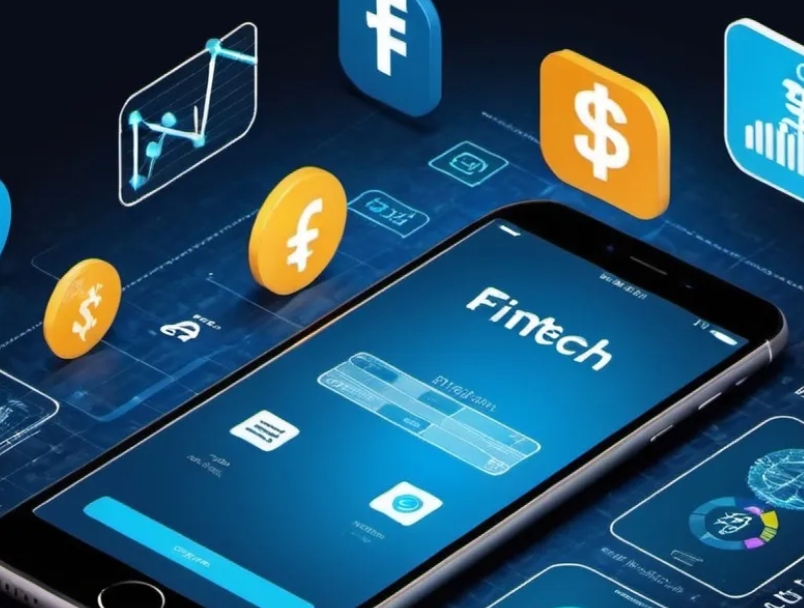
Decentralized Finance, or DeFi, is rapidly emerging as a transformative force in the financial world. By leveraging blockchain technology and smart contracts, DeFi aims to create a more open, accessible, and transparent financial system. This guide will help you understand the key concepts, components, and potential impacts of this revolutionary ecosystem.
What is DeFi?
DeFi refers to a system of financial applications built on blockchain networks, primarily Ethereum, that aim to recreate and improve upon traditional financial services without centralized intermediaries. Key characteristics include:
- Permissionless: Anyone can access DeFi services
- Transparent: All transactions are publicly verifiable
- Interoperable: Different DeFi protocols can easily interact
- Programmable: Automated through smart contracts
Core Components of DeFi
1. Decentralized Exchanges (DEXs)
DEXs allow for peer-to-peer trading of cryptocurrencies without a central authority:
- Automated Market Makers (AMMs) like Uniswap
- Order book DEXs like dYdX
- Benefits include reduced fees and increased privacy
2. Lending and Borrowing Platforms
These platforms enable users to lend or borrow cryptocurrencies:
- Compound and Aave are popular examples
- Users can earn interest on deposits or take out crypto-backed loans
- Interest rates are typically determined algorithmically based on supply and demand
3. Stablecoins
Cryptocurrencies designed to maintain a stable value, often pegged to fiat currencies:
- Examples include DAI (algorithmically stabilized) and USDC (fiat-backed)
- Crucial for providing stability in the volatile crypto market
4. Yield Farming and Liquidity Mining
Strategies for earning rewards by providing liquidity to DeFi protocols:
- Users deposit funds into liquidity pools
- Rewards often come in the form of governance tokens
- Can offer high yields but also carries significant risks
5. Synthetic Assets
Tokenized derivatives that represent real-world assets:
- Allows exposure to traditional assets without owning them directly
- Examples include synthetic stocks, commodities, and currencies
Key DeFi Protocols and Their Functions
- MakerDAO: Stablecoin issuance and decentralized lending
- Compound: Algorithmic money markets for borrowing and lending
- Uniswap: Automated market maker for token swaps
- Aave: Flash loans and decentralized lending pools
- Synthetix: Creation and trading of synthetic assets
The Role of Smart Contracts in DeFi
Smart contracts are self-executing contracts with the terms directly written into code:
- Automate financial transactions and agreements
- Eliminate the need for intermediaries
- Enable complex financial instruments and protocols
Governance and DAOs
Many DeFi projects implement decentralized governance through DAOs (Decentralized Autonomous Organizations):
- Token holders can vote on protocol changes and upgrades
- Aims to create more democratic and community-driven systems
Challenges and Risks in DeFi
While promising, DeFi faces several challenges:
- Smart contract vulnerabilities and hacks
- Scalability issues, particularly on the Ethereum network
- Regulatory uncertainty and potential compliance requirements
- High volatility and risk of impermanent loss
- Complexity that may deter mainstream adoption
The Future of DeFi
As the ecosystem matures, we can expect:
- Increased interoperability between different blockchains
- More user-friendly interfaces to improve accessibility
- Integration with traditional finance (TradFi) systems
- Development of robust risk management tools
- Potential regulatory frameworks specifically for DeFi
Impact on Traditional Finance
DeFi has the potential to disrupt traditional financial services by:
- Reducing costs and increasing efficiency
- Providing financial services to the unbanked
- Enabling 24/7 global markets
- Creating new financial instruments and investment opportunities
Getting Started with DeFi
For those interested in exploring DeFi:
- Set up a non-custodial wallet (e.g., MetaMask)
- Acquire some cryptocurrency (ETH for Ethereum-based DeFi)
- Start with simple protocols and small amounts
- Educate yourself about the risks and best practices
- Stay informed about the rapidly evolving ecosystem
Conclusion
Decentralized Finance represents a paradigm shift in how we think about and interact with financial services. By removing intermediaries and leveraging blockchain technology, DeFi has the potential to create a more inclusive, efficient, and innovative financial system.
However, it's important to approach DeFi with caution. The technology is still in its early stages, and the ecosystem comes with significant risks and challenges. As DeFi continues to evolve, it will be crucial to balance innovation with security, usability, and regulatory compliance.
Whether DeFi will fully replace traditional finance or complement it remains to be seen, but its impact on the financial world is already undeniable. For investors, developers, and financial professionals, understanding and engaging with DeFi will likely become increasingly important in the years to come.
american-boffin.com
bfbchamp.com
democraticcoma.com
tigrepelvar.com
charpoles.com
derbywheelblazers.com
fansfocus.net
guildnow.com
hediyeteyze.com
isprimecdn.com
kiira-korpi.net
manutd24.com
mediumtylerhenry.com
mishanghai.org
savethreestrikes.com
smilesbydavis.com
10puntos.net
band-shirt.com
icelandtrails.com
paulmarioday.com
thefunnynanny.com
Dave Tries Ballet
Buon Grande
Criacao Sites
Perry Perkins Books
Writing Essay in AU
Ka Soku
Blood is Blood Movie
Eleanor Writes Things
The Happy Prince Beirut
Town of Witless Bay
Online Igrovoi Club
Trigeminal Neuralgia - Ronald Brisman MD
Chocolate City Burlesque
Advanced Electric Scooters
W Tougei
Breadboard Maniac
Takasu App



